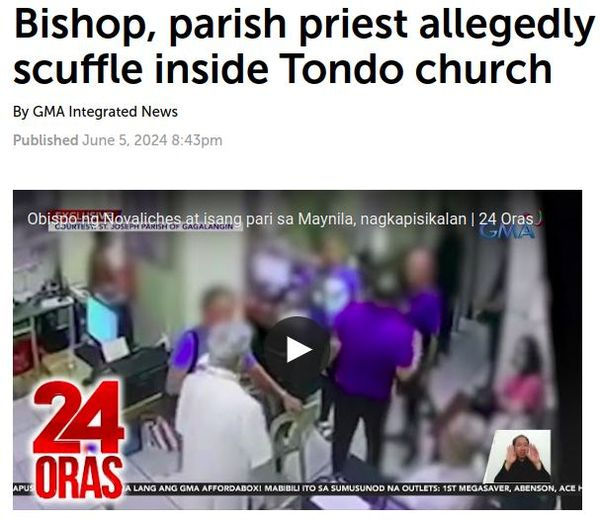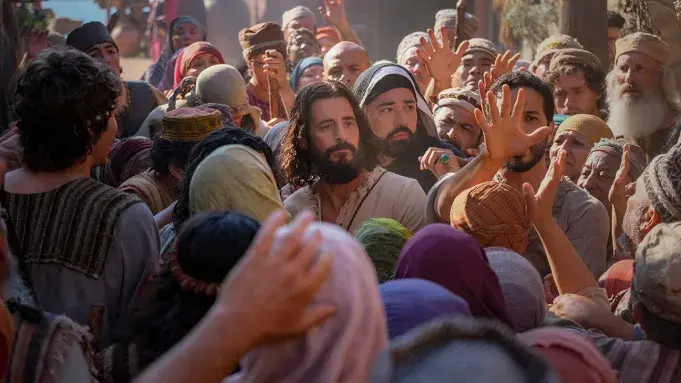Boodle Fight: More Than Just a Meal, A Symbol of Unity and Sharing in Filipino Culture
- josnardionzon5
- Feb 10, 2023
- 4 min read
Updated: Sep 18, 2023

Filipino culture is steeped in tradition and is centered around the communal sharing of food. From street food to family gatherings, food plays a major role in bringing people together and celebrating life. One of the most famous dishes in Filipino culture is the Boodle Fight, or Budol, which is a military-style meal served on a banana leaf and shared communally. In this blog, we will examine the significance of Budol in Filipino culture, its relationship to the Eucharist, and its connection to the gospel story of the Multiplication of Bread.
The Communal Aspect of Budol
The Communal Aspect of Budol is a central theme in Filipino culture, where the sharing of food is considered a symbol of community and togetherness. The Boodle Fight is a perfect representation of this cultural tradition, where individuals gather around a large banana leaf that is spread with an array of dishes, including rice, viands, and other food items.
In a Boodle Fight, participants eat with their bare hands, breaking bread and sharing food with one another. This act of communal eating creates a bond between the individuals, fostering a sense of community and camaraderie. This sharing of food, combined with the convivial atmosphere of the Boodle Fight, has made it a staple of Filipino celebrations and fiestas.
During these festivities, people come together to enjoy each other's company, exchange stories, and bond over a meal. The Boodle Fight is more than just a meal, it is a symbol of Filipino unity and solidarity. This gathering serves as a reminder of the importance of community and the power of shared experiences in creating lasting relationships and memories.
The Eucharistic Significance of Budol
The Eucharistic Significance of Budol is a reflection of the deep roots of the Catholic faith in Filipino culture. The Boodle Fight, a communal meal where individuals gather around a large banana leaf and share food, is comparable to the Catholic sacrament of the Eucharist. During the Eucharist, Catholics come together to receive the body and blood of Christ, symbolizing their unity and oneness with the divine.
In a similar manner, the communal sharing of food in Budol is a reminder of the power of community and the importance of sharing resources. The act of breaking bread and sharing food with one another is a symbol of the sharing of life and the creation of bonds that transcend individual differences. This spiritual significance of the Boodle Fight is a testament to the strong connection between food, community, and faith in Filipino culture.
The Boodle Fight is not just a meal, but it is also a spiritual experience that brings together individuals in a shared act of worship. The communal sharing of food in Budol serves as a reminder of the power of community, the importance of sharing resources, and the central role of faith in Filipino culture. This spiritual significance is a testament to the rich spiritual heritage of the Filipino people and the enduring influence of the Catholic faith in their lives.
The Multiplication of Bread in the Gospel of Mark 8:1-10
The Multiplication of Bread in the Gospel of Mark 8:1-10 is a powerful account of the generosity and compassion of Jesus. The story is set during a time when a large crowd of people had gathered to hear Jesus teach and heal the sick. As the day went on, the people grew hungry and there was no food for them to eat. This was a significant moment, as the people were in a remote location and it was unlikely that food would be readily available.
However, Jesus stepped in to help, taking five loaves of bread and two fish that were available and blessing them. The food then multiplied, feeding the entire crowd of over five thousand people. The story serves as a powerful reminder of the power of community and shared resources, as everyone came together to partake of the food that had been multiplied.
The significance of this story extends far beyond the physical act of feeding the people. It is also a spiritual symbol of the abundance that can be found through community and the sharing of resources. The miracle of the Multiplication of Bread is a reminder of the power of coming together as a community, sharing what we have and working towards a common goal.
In the context of the Filipino Catholic culture, this story has particular importance. Just as the people in the story of the Multiplication of Bread came together to share in the food that had been multiplied, the communal aspect of the Boodle Fight is a reminder of the importance of coming together as a community and sharing what we have. The Boodle Fight is a symbol of the abundance that can be found through community and the sharing of resources, just as the Multiplication of Bread serves as a reminder of the same.
Conclusion
In conclusion, the Boodle Fight is an integral part of Filipino culture, where the sharing of food is considered a symbol of community and togetherness. The communal aspect of the Boodle Fight creates a bond between individuals, fostering a sense of camaraderie and community. The tradition also has a strong spiritual significance, reflecting the deep roots of Catholicism in Filipino culture and the importance of shared experiences in creating lasting relationships.
The story of the Multiplication of Bread in the Gospel of Mark 8:1-10 serves as a reminder of the power of community and shared resources, and the abundance that can be found through coming together and sharing what we have. This story holds special significance in the context of the Boodle Fight, as it represents the values of community, sharing, and faith that are at the heart of Filipino culture.



Comments